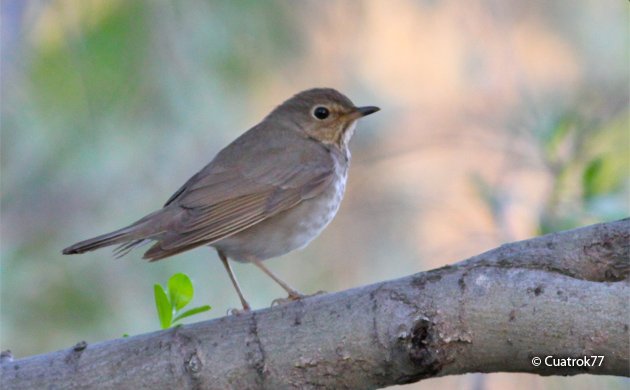
Fall migration comes and goes, in Florida, a little too fast. The first Semipalmated Sandpiper and Sanderling along the shores of Florida’s Treasure Coast announce the beginning of a new season. The fall migration is underway. The first shorebird arrivals are apparently birds that failed at a breeding attempt and don’t have time to re-attempt; they might as well head south early. After the shorebirds, gulls, tern, and land birds follow suite and soon the winter resident mark the end of another Fall migration.
This year was different though. I was able to follow the fall migration a little longer; through social media. By checking my Facebook feed on a daily basis, I had a broad idea about birds arriving into different countries in Central and South America.
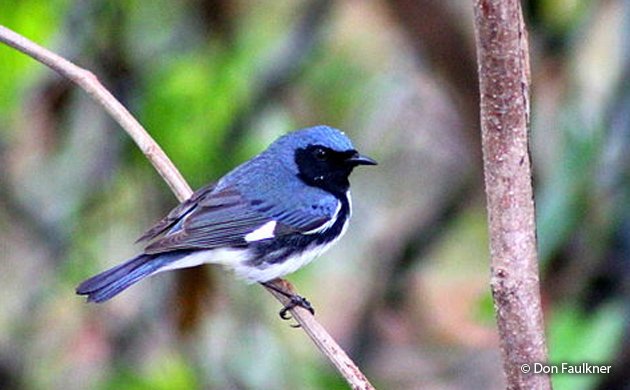 Black-throated Blue Warbler
Black-throated Blue Warbler
This is by no means an exact science. By seeing the photos folks posted on Facebook I was able to roughly tell which of the more common Neotropical migrants arrived in Central and South America, and other countries in the southern cone of the continent.
I have Facebook friends and belong to multiple bird related Facebook groups throughout South America. Most of these folks are rather active birders and field ornithologists and as it would be expected on Facebook, they love to post about their daily activities. Needless to say, a Facebook post is only as good as the picture that accompanies it. Hence, by the photos of Magnolia and Black-throated Blue Warblers, I knew these gems started to become common in the regions the photos were taken in Central America. Later come photos of American Redstarts, Black and White Warblers and Swainson’s Thrushes from Colombia a sign these birds started to show up in that country. Later in October, Cerulean and Blackburnian Warbler from the Eastern humid Andes of Peru began to show up in Facebook posts.
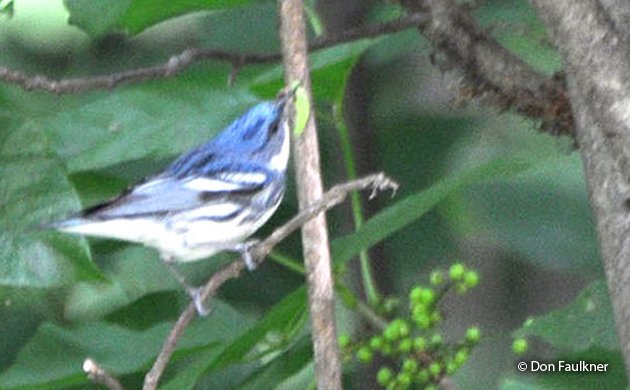
Cerulean Warbler
It was fun to see that folks in Colombia had some kind of migratory bird photo challenge where they would try to outdo on better and better shots of Neotropical migrant birds.
Broad-winged Hawks appear to be showing up on Facebook these days indicating they have arrived to their wintering grounds. These birds, in general, are the rather common and easy to photograph.
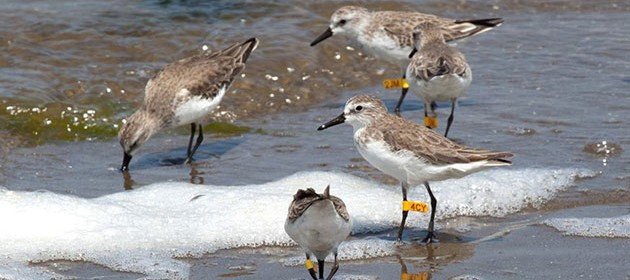 Shorebirds flagged in Peru. Photo: Evelyn Tavera.
Shorebirds flagged in Peru. Photo: Evelyn Tavera.
Because shorebirds start relatively early and shoot out to the wintering grounds without much stopping over, they also showed in my feed earlier than all other Neotropical migrants. Shorebirds appeared in posts by folks from Peru, Chile and Argentina not from folks from Central America. Some of these birds were being already banded as part of long term studies.
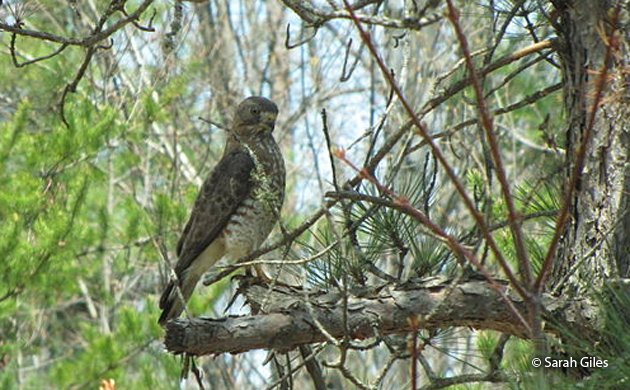 Broad-winged Hawk
Broad-winged Hawk
Now that I am aware of the fall migration in the most popular social networks, I am curious to see if the spring migration will be equally documented by bird enthusiasts along South American countries.











An interesting use of Social media. I hope you post about the Spring migration too.
Hey Sonja, I expect to be a bit different. At fall migration birds show up there from being absent. At spring migration birds are there and begin to become rare and eventually disappear. This seems harder to document, but we’ll see. I am paying attention and will report what I see. Thanks for the comment!.